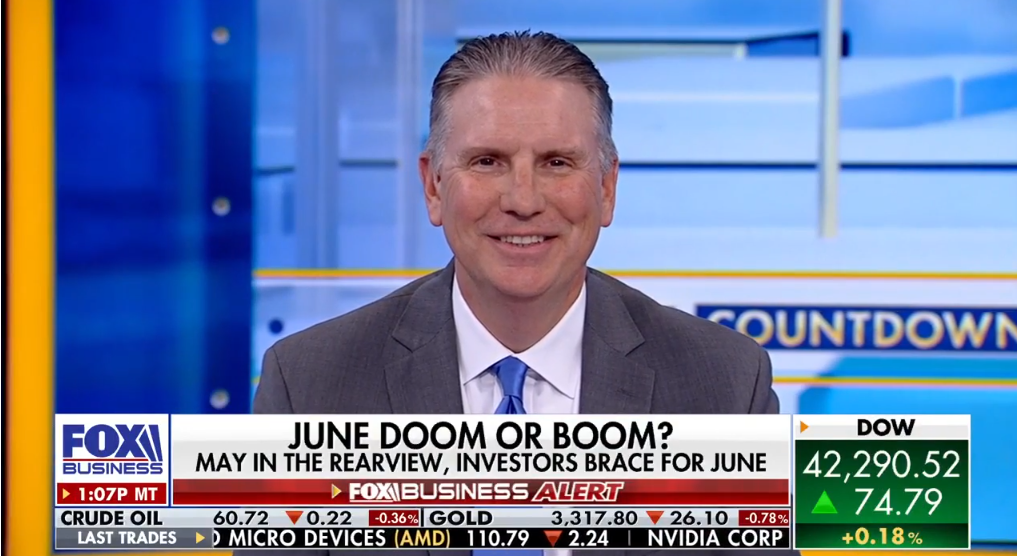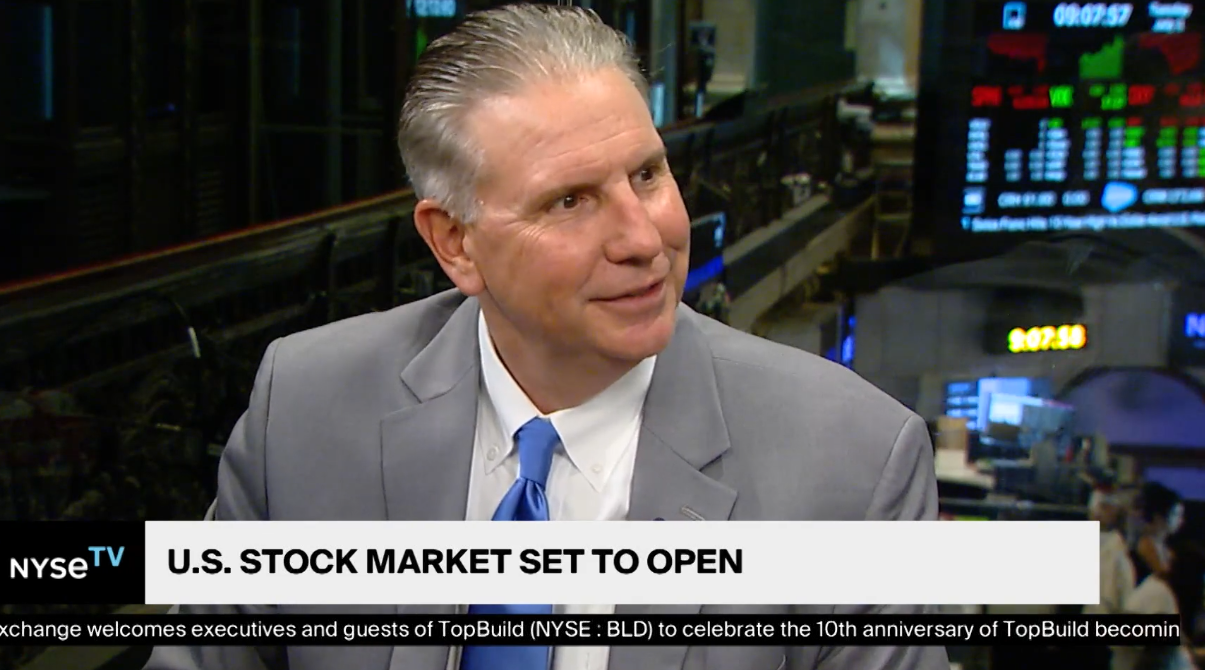
Stocks Sink on Oil and Fed Anticipation
Market Overview

Sources: Equity Market, Fixed Income and REIT returns from JP Morgan as of 12/11/15. Rates and Economic Calendar Data from Bloomberg as of 12/14/15.
Happening Now
The S&P 500 Index fell 3.74% last week as oil prices traded lower and investors kept focus on this Wednesday’s upcoming Federal Reserve (Fed) Interest Rate announcement. West Texas Intermediate (WTI) oil prices finished the week at $35.61 a barrel, fueling concerns that stubbornly lower energy prices may translate to weak economic growth. While not ignoring the fact that the U.S. and Global economies face a multitude of challenges in an unprecedented economic climate, we continue to believe that oil is a supply side story. Low interest rates, increasing wages, lower unemployment and cheaper prices at the pump should benefit consumers and allow them to spend more in 2016 (and perhaps this holiday season). Since consumer spending makes up the vast majority (i.e. 2/3) of U.S. Gross Domestic Product (GDP) and considering the tailwinds mentioned above, there is a strong case to be made for continued economic growth in the coming year.
Economic growth, however, is not necessarily correlated to positive stock returns. As of Tuesday December 14, the S&P 500 Index was down 1.8% for 2015 despite the U.S. economy expanding at an estimated rate of 2.5% this year1.
As time winds down on 2015, investors should begin to position themselves for what will likely be a volatile environment for stocks in 2016 with the market continuing to hang on the outcome of the Fed’s eight scheduled meetings. While Asset Allocation is often cited as being the largest determinant of long term performance, security selection can also play a key role in volatile markets and significantly affect shorter term performance. This is perhaps best highlighted by looking at the difference between the ten best and ten worst performing stocks in the S&P 500 so far in 20152. The median return of the ten best performing companies is a staggering 60% while the median return of the ten worst performing companies is -66%! This spread is due not only to the individual securities but also to the sectors the companies operate in.
1. JP Morgan estimate as of 12/11/2015
2. Data from cnnmoney.com as of 12/15/2015
Important Information and Disclaimers
Disclosures: Hennion & Walsh is the sponsor of SmartTrust® Unit Investment Trusts (UITs). For more information on SmartTrust® UITs, please visit www.smarttrustuit.com. The overview above is for informational purposes and is not an offer to sell or a solicitation of an offer to buy any SmartTrust® UITs. Investors should consider the Trust’s investment objective, risks, charges and expenses carefully before investing. The prospectus contains this and other information relevant to an investment in the Trust and investors should read the prospectus carefully before they invest.
Investing in foreign securities presents certain risks not associated with domestic investments, such as currency fluctuation, political and economic instability, and different accounting standards. This may result in greater share price volatility. These risks are heightened in emerging markets.
There are special risks associated with an investment in real estate, including credit risk, interest rate fluctuations and the impact of varied economic conditions. Distributions from REIT investments are taxed at the owner’s tax bracket.
The prices of small company and mid cap stocks are generally more volatile than large company stocks. They often involve higher risks because smaller companies may lack the management expertise, financial resources, product diversification and competitive strengths to endure adverse economic conditions.
Investing in commodities is not suitable for all investors. Exposure to the commodities markets may subject an investment to greater share price volatility than an investment in traditional equity or debt securities. Investments in commodities may be affected by changes in overall market movements, commodity index volatility, changes in interest rates or factors affecting a particular industry or commodity.
Products that invest in commodities may employ more complex strategies which may expose investors to additional risks.
Investing in fixed income securities involves certain risks such as market risk if sold prior to maturity and credit risk especially if investing in high yield bonds, which have lower ratings and are subject to greater volatility. All fixed income investments may be worth less than original cost upon redemption or maturity. Bond Prices fluctuate inversely to changes in interest rates. Therefore, a general rise in interest rates can result in the decline of the value of your investment.
Definitions
MSCI- EAFE: The Morgan Stanley Capital International Europe, Australasia and Far East Index, a free float-adjusted market capitalization index that is designed to measure developed-market equity performance, excluding the United States and Canada.
MSCI-Emerging Markets: The Morgan Stanley Capital International Emerging Market Index, is a free float-adjusted market capitalization index that is designed to measure the performance of global emerging markets of about 25 emerging economies.
Russell 3000: The Russell 3000 measures the performance of the 3000 largest US companies based on total market capitalization and represents about 98% of the investible US Equity market.
ML BOFA US Corp Mstr [Merill Lynch US Corporate Master]: The Merrill Lynch Corporate Master Market Index is a statistical composite tracking the performance of the entire US corporate bond market over time.
ML Muni Master [Merill Lynch US Corporate Master]: The Merrill Lynch Municipal Bond Master Index is a broad measure of the municipal fixed income market.
Investors cannot directly purchase any index.
LIBOR, London Interbank Offered Rate, is the rate of interest at which banks offer to lend money to one another in the wholesale money markets in London.
The Dow Jones Industrial Average is an unweighted index of 30 “blue-chip” industrial U.S. stocks.
The S&P Midcap 400 Index is a capitalization-weighted index measuring the performance of the mid-range sector of the U.S. stock market, and represents approximately 7% of the total market value of U.S. equities. Companies in the Index fall between S&P 500 Index and the S&P SmallCap 600 Index in size: between $1-4 billion.
DJ Equity REIT Index represents all publicly traded real estate investment trusts in the Dow Jones U.S. stock universe classified as Equity REITs according to the S&P Dow Jones Indices REIT Industry Classification Hierarchy. These companies are REITSs that primarily own and operate income-producing real estate.



